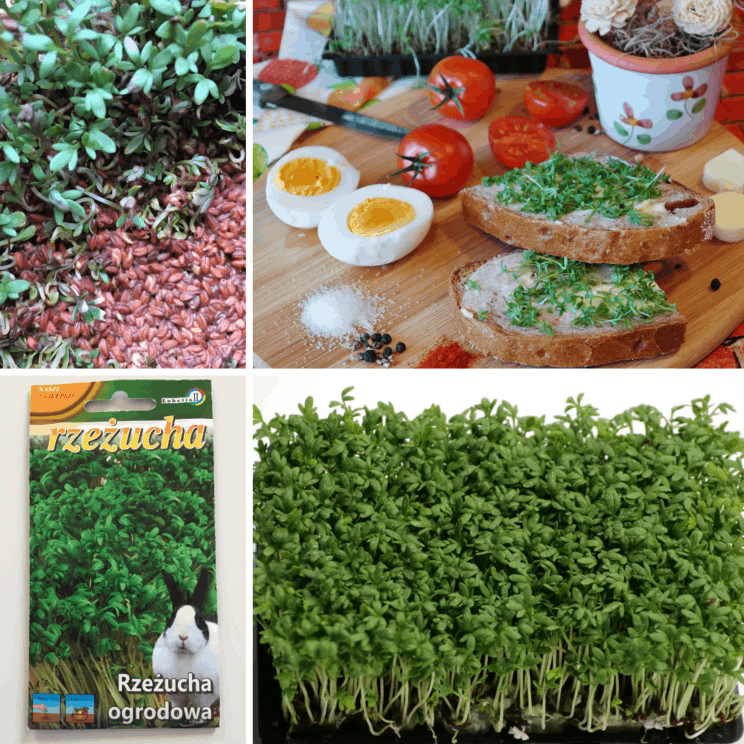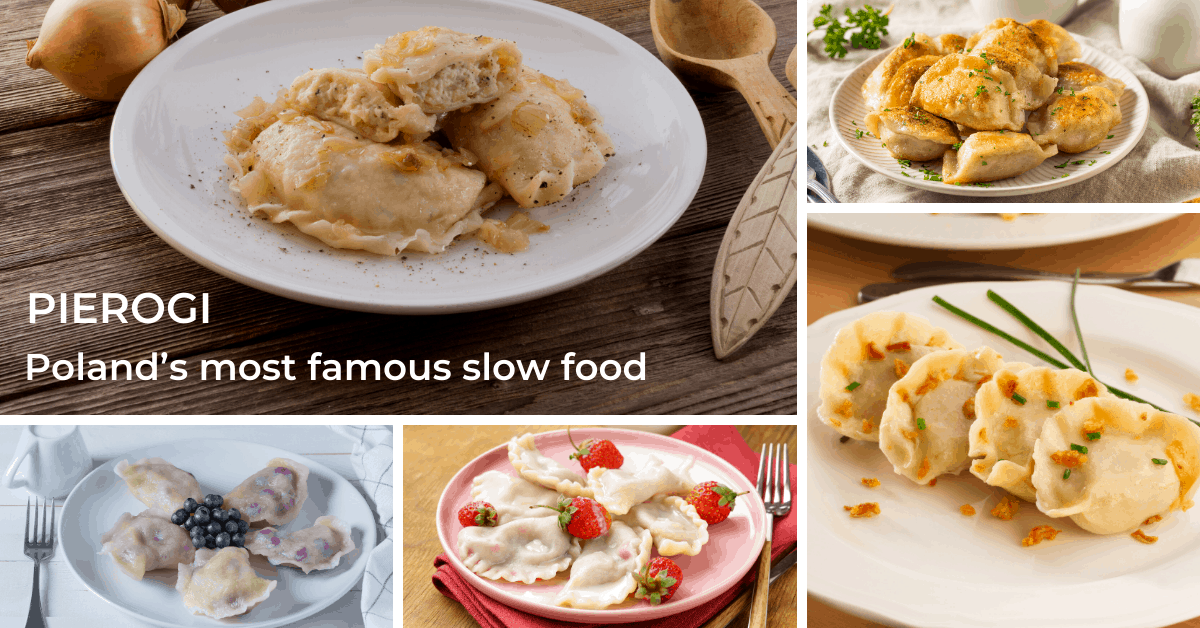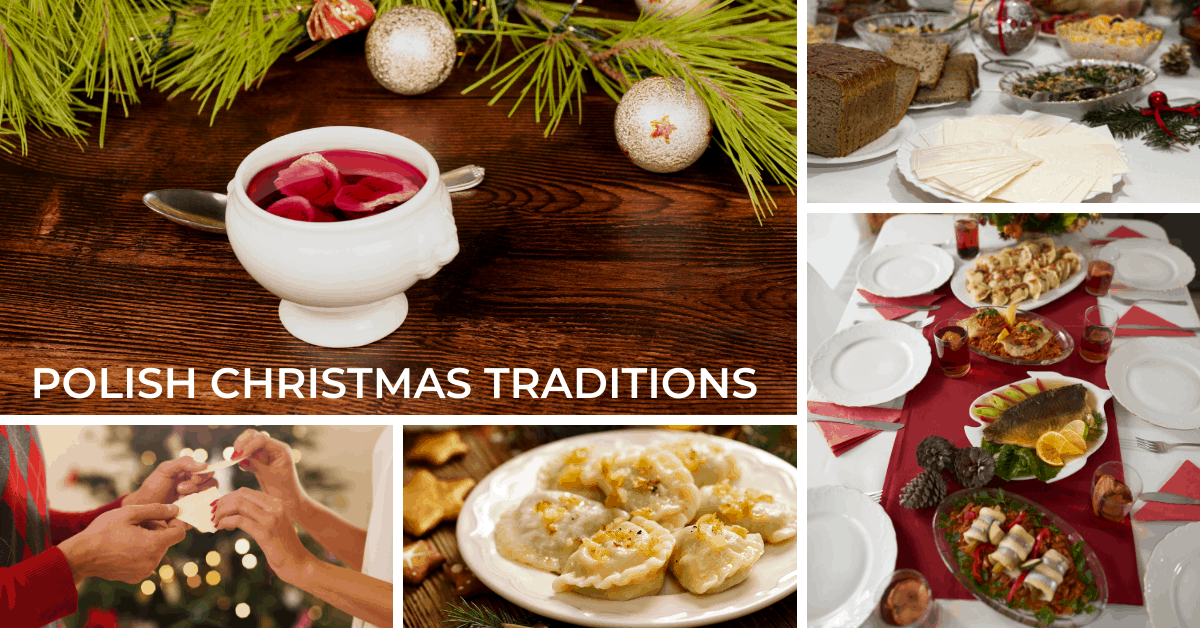Easter in Poland: tones of food, egg tapping game, Polish Water Fight Day

Easter 2025: April 13 – Palm Sunday (Niedziela Palmowa), April 18 – Good Friday (Wielki Piątek), April 19 – Holy Saturday (Wielka Sobota), April 20 – Easter Day (Wielkanoc), April 21 – Easter Monday (Poniedziałek Wielkanocny), “Wet Monday” (Lany Poniedziałek).
Polish Easter traditions: Easter palms (palmy wielkanocne)
The Easter “palm” is a symbolic twig prepared before Easter in memory of Jesus’ entry into Jerusalem. The palms are blessed in churches during the celebration of Palm Sunday (Niedziela Palmowa).
Polish palms are long bunches of young tree twigs, herbs, and flowers. Traditionally, they should include willow twigs – a symbol of life and resurrection – the first green signs of spring in Poland. The palms are also decorated with ribbons and dried or artificial flowers.
Different regions of Poland have various techniques and patterns for making Easter palms. Competitions for the most beautiful and enormous palms are held every year.
The pictures below show traditional Polish Easter palms in Kraków.
Polish Easter traditions: Painted eggs (pisanki)
Adults at home and children at schools decorate hard-boiled eggs in shells with paints, markers, and crayons. During the Easter season, you can find paints and stickers dedicated to Easter egg decoration in Polish stores and even small delis. For example, you can buy color tablets that dissolve in water (each tablet in a glass of water, and you put eggs into the water for a few minutes).
More advanced techniques include wax decorating and the old-school way Polish grandmas did it: coloring eggs in boiling water with onion skins and vinegar.

What to do if you don’t have any egg paints or dyeing kits? Fortunately, there are some (organic and old-fashioned) ways of dyeing eggs with the food you already have in your pantry.
- Yellow onion skins for orange
- Turmeric (kurkuma in Polish) for yellow
- Red cabbage for light blue
- Blueberries for blue
- Spinach for light green
- Chopped beets for pink
- Boil water in a pot with two spoons of white vinegar.
- Add your dye ingredient and simmer for 30 minutes.
- Cool, strain, and add eggs for at least 30 minutes.
- Dry the eggs with a paper towel soaked in oil/butter to make them shine.

Polish Easter traditions: Easter basket with food samples (święconka)
Święconka is a small basket decorated with lace napkins and boxwood twigs. What you will find inside? It depends on the region of Poland and family, but usually, eggs (pisanki), ham or sausage, bread, salt, cake, horseradish, and Easter lamb (baranek in Polish) made of sugar or butter. People bring baskets to be blessed to the church on Saturday for a short ceremony. The basket content is kept home until Easter morning breakfast the next day.

Polish Easter traditions: Easter breakfast on Sunday (śniadanie wielkanocne) and Polish Easter foods
The key event of Easter traditional celebrations in Poland. Families gather in the morning for a festive breakfast (lots of food!!!). It starts with sharing food samples from the święconka basket (similar to sharing Christmas wafer – opłatek) and exchanging wishes (like Wesołego Alleluja – Happy Easter / Hallelujah). Some Polish families will serve żurek soup (also known as white barszcz) with hard-boiled eggs, bread, horseradish, and sausage. Other traditional Polish Easter dishes include hunter’s stew (bigos), sausage with horseradish or beetroot horseradish sauce (ćwikła), white sausage (biała kiełbasa) – sausage seasoned with salt, garlic and marjoram, cooked vegetable salad with mayonnaise dressing (sałatka jarzynowa), mazurek cake, babka cake.

Polish Easter traditions: Egg tapping
Also known as egg fighting. There are lots of colored eggs on the Polish table during Easter (remember – hard-boiled ones!), and the first important step of the game is to select the best egg – everyone in the family has his/her secret criteria like shape or size. You play against each other, tapping the opponent’s egg. If your egg is winning (unbroken), you play against another participant. And the winner? The one who is left with an unbroken egg. Essential rule: don’t tap the side of the eggs, only the tip (tip to tip or tip to end). Part of the game – participants have to eat all the broken eggs when the game is over, which is not necessarily cool considering that, in general, you eat lots of eggs in Poland during Easter;)

Polish Easter traditions: Searching for Easter Bunny
Children search for Easter Bunny/gifts (relatively modest presents compared to Christmas, sometimes just chocolate bunnies or chocolate eggs) all over the home. In some families in Poland, children are supposed to create a nest where the Easter Bunny would leave presents.

Polish Easter traditions: Wet Monday (lany poniedziałek, śmigus dyngus)
It starts innocently in the morning. In some families, parents wake up their children by pouring some water (or… perfume); additionally, and it’s another crazy Easter tradition, they beat kids’ legs with willow branches. Then, kids play all day with water toys (water guns, plastic eggs filled with water, Polish stores are full of them before Easter time). And finally, there is Polish Water Fight Day: people use BUCKETS of water to soak one another. It’s safe to stay home on Wet Monday to avoid water fights and watch them only on Polish news channels.

Polish Easter traditions: Cress (rzeżucha – is it even possible to pronounce it?!)
You may notice small bags with cress seeds in Polish stores before Easter. It’s a fast-growing (kids will love to observe it growing – you can notice it even the next day!), edible, and very healthy herb. It’s a tradition in Poland to grow cress for Easter – not only to eat it but also for decorative purposes. You can grow cress indoors in a shallow container, plastic food tray, or plate. Line it with a wet kitchen towel, sprinkle seeds, and water a bit every day. Cut leaves with scissors.

Polish Easter traditions: Polish Easter cakes
The most popular Polish Easter cake is mazurek (unlike other cakes Polish people eat during Easter time, mazurek is served only during Easter, and you won’t find it another time of the year). It’s a flat cake, similar to a tart, topped with fruit jam, almonds, dried fruit, caramel or chocolate. It’s usually beautifully decorated.
You will love Easter time in Poland if you have a sweet tooth. Apart from mazurek, you can try babka (similar to Italian panettone, yeast cake with a hole in the middle, usually with raisins, candied orange zest, and icing), cheesecake (sernik), or makowiec (poppy seed cake).

Easter holiday dates in Poland in 2025
Unlike Christmas, Easter holidays don’t have fixed dates and can fall between March 22 and April 25.
- April 13
Palm Sunday (Niedziela Palmowa)
It starts the Easter celebrations. There are processions around the church to commemorate the day Jesus entered Jerusalem. People bring „palms” (palmy wielkanocne) made of paper flowers, dried flowers, and twigs.
- April 18
Good Friday (Wielki Piątek)
Good Friday commemorates the passion and crucifixion of Jesus. In major cities in Poland, there are processions on the streets – people carrying a huge cross and contemplating the passion of Jesus. In Poland, for many people, it’s a day of fasting – no meat, no parties, no alcohol.
- April 19
Holy Saturday (Wielka Sobota)
People bring to churches baskets (called in Polish święconka) filled with food to get a special blessing. Baskets usually include eggs as a symbol of rebirth (pisanki – boiled eggs painted in various colors and patterns), bread, salt, sausage, and sometimes other food – chocolate, cake, horseradish, etc. Food from święconka basket is shared the following day during festive Easter breakfast.
- April 20
Easter Day (Wielkanoc)
A public/bank holiday in Poland. Easter Sunday commemorates the resurrection of Jesus. Many people in Poland start the day with a mass at 6 am (Rezurekcja). The key event of the day – a family breakfast that starts with eating Święconka, then żurek soup (also known as white barszcz), bigos, sausage with horseradish, mazurek cake. Public institutions, stores, malls, and shopping centers are closed, and only some smaller local convenience stores can be opened and stores at gas stations.
- April 21
Easter Monday (Poniedziałek Wielkanocny), “Wet Monday” (Lany Poniedziałek)
A public/bank holiday in Poland. Śmigus dyngus – an old tradition in Poland in which people use buckets (kids usually play with water guns) to soak each other with water. It’s safe to stay home on Wet Monday and avoid street water fights;) Another Easter Monday tradition is to beat legs with willow branches or Palms (the ones used for Palm Sunday). Public institutions, stores, malls, and shopping centers are closed, and only some smaller local convenience stores can be opened and stores at gas stations.
Subscribe to our monthly newsletters in English to explore Poland and learn about it! Once a month, you will receive a Newsletter: ‘Explore Poland with Kids‘. You will find there family-friendly destinations in Poland – beautiful places in Poland worth visiting with children – from city break destinations to hiking in the mountains (lots of practical tips!); things you can’t miss in Poland in a given month; dates to remember, holidays, observances in Poland in a given month so you can mark your calendars accordingly.
Click on the photos below to read other posts:













